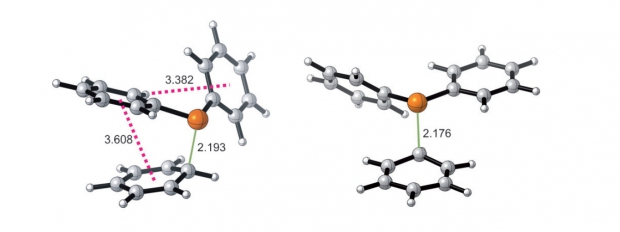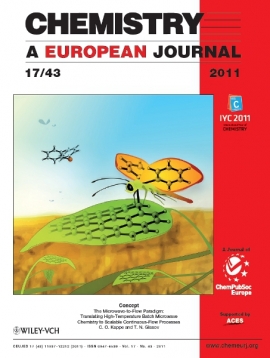On the Possibility of [1,5] Sigmatropic Shifts in Bicyclo[4.2.0]octa-2,4-dienes
Abstract
The thermal equilibration of the methyl esters of endiandric acids D and E was subject to a computational study. An electrocyclic pathway via an electrocyclic ring opening followed by a ring flip and a subsequent electrocyclization proposed by Nicolaou [Chem. Soc. Rev. 2009], was computationally explored. The free energy barrier for this electrocyclic route was shown to be very close to the bicyclo[4.2.0]octa-2,4-diene reported by Huisgen [Tet. Lett. 1968]. Furthermore, the possibility of a [1,5] sigmatropic alkyl group shift of bicyclo[4.2.0]octa-2,4-diene systems at high temperatures was explored in a combined computational and experimental study. Calculated reaction barriers for a biradical-mediated stepwise [1,5] sigmatropic alkyl group shift were shown to be comparable with the reaction barriers for the bicyclo[4.1.0]hepta-2,4-diene (norcaradiene) walk rearrangement, whereas calculated reaction barriers for a concerted [1,5] sigmatropic alkyl group shift were found to be higher in energy. However, the stepwise pathway is suggested to only be feasible for appropriately substituted compounds. Experiments conducted on a deuterated analogous diol derivative confirmed the calculated (large) differences in barriers between electrocyclic and sigmatropic pathways.



